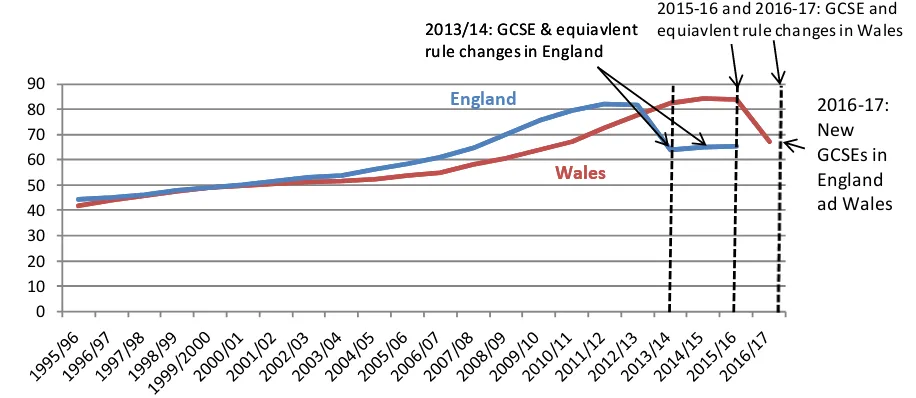Comparing GCSE performance in England and Wales: equivalent or not?
Full text
Figure




Related documents
We have investigated (i) the relationship between log SCC/ml in infected quarters being >6 ( n = 8, group I) or varying between 5.4 and 6 ( n = 8, group II) and concentration
An Act of the Scottish Parliament to make provision about the composition of and appointment to the governing bodies and academic boards of higher education institutions;
the Oral Hygiene and Dental Caries status of patients suffering from Schizophrenia between outpatients of Government Hospitals and Institutionalized individuals in
(ii) Dur- ing replication in the same cell, these two defective genomes produce a complete set of viral structural proteins and are effi- ciently packaged into separate infectious
Figures exclude children looked after under an agreed series of short term placements.. The rates per 10,000 children under 18 years have been derived using the mid-year
(C) A hydrophilic unconjugated bile acid (UDCA) or a conjugated bile acid (GCDCA) was incubated in 1- or 2-day-old GS4.1 cells for 48 h, and HCV RNA levels were measured to
This present study will provide rigorous research to assist in clarifying the evidence base for the nursing intervention of the complementary therapy of Healing Touch, and to do so
The Social Dynamics of Juvenile Justice', provides an analysis of how class, ethnicity, race, and gender impinge upon the processes and institutions of juvenile